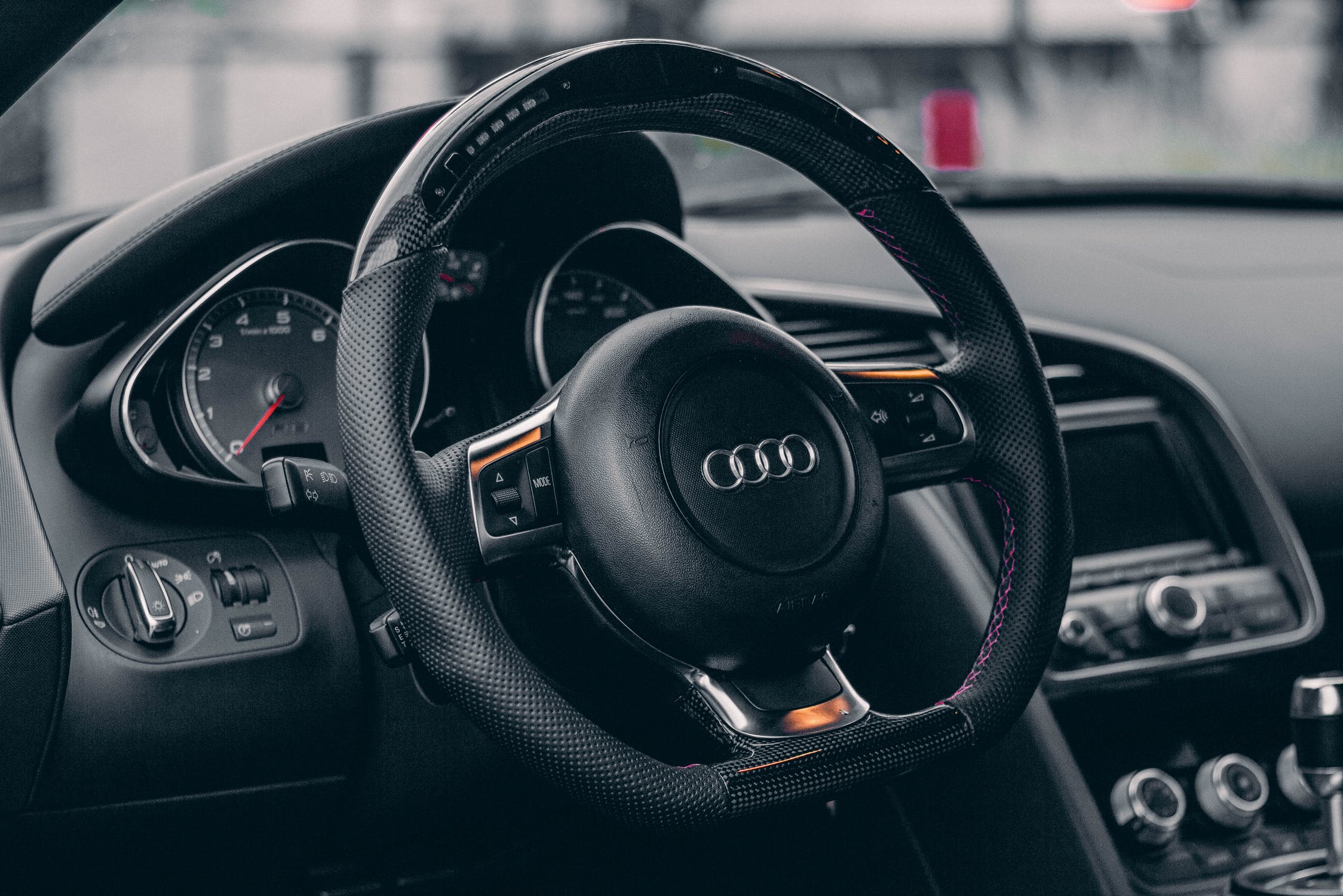Our cars have various safety features that allow us to walk out of accidents with little to no injuries at all, depending on the level of impact. That being said, not many people are really aware of how they work, increasing the neglect and risk that they would have to face in the offset of a crash.
If you want to avoid making the same mistake, you may look at the informative tidbits below that describe their uses, functionalities, and features.
1. Airbags
Airbags have become an essential safety feature in cars, much so that it allows them to soften the impact or even stop it from being too powerful. This is, in a way, the same principle behind using seat belts in your car, as it keeps you secured by forcing your body to stay in one place, thus eliminating the chance of getting thrown off the seats and causing critical injuries to the body.
2. Seat Belts
It is pretty much evident what these safety features are used for, but not many people know that there are different types of seat belts. The three types are:
- Lap belts are secured to your body, with the belt going over your waist and thigh.
- Shoulder belts are secured to your body, with the belts going over your shoulders.
- The three-point seat belt is secured to your body with two shoulder belts, two lap belts, and the crotch belt.
3. Crumple Zones
In the event of a bad crash that is powerful enough that your safety mechanisms could not handle, crumple zones will help absorb the shock and lessen its impact. This is also commonly known as crush zones, which are the car’s outer perimeter that crumples inwards with the force of impact, leading to the absorption of the shock.
4. Knee-Pedal Bumper
This is an important safety feature found in some cars, which consists of the knee-pedal bumper. It is designed to protect the driver from getting injured by the pedals in the event of a crash, especially if the driver has to wear a seat belt.
5. Steering Wheel Locking
This is a way to keep you safe when traveling at high speeds in a car that does not have airbags. The locking mechanism of the steering wheel can be activated in the event of an accident, which will make the steering wheel lock in its place and the car stay in its track. That way, the incident will most likely not cause the car to lose control.
6. Tire Pressure Monitoring System
How do you make sure that your tires are pressurized enough to withstand the weight of your car? The tire pressure monitoring system will help you with that. It will monitor the tires’ pressure, notifying the driver if they become too flat or otherwise.
7. Anti-Lock Brake System (ABS)
This is a system that is popularly used in most cars today; it helps the driver maintain control of the vehicle so that it does not veer off the track in the event of a bad or unexpected impact.
Conclusion
Driving a car can be risky and unsafe, but having safety features that help soften the impact and lessen the chances of injury can make it more convenient and relaxing. That being said, it is your responsibility to know how these features work so that you will not be caught off-guard when an unforeseen incident happens on the road.
With all of that being said, if you are looking for a company that offers seat belt repairs right after an accident, look no further than our expertise here at SRS Restore. We provide a variety of services that restores your vehicle’s safety measures after a sudden crash on the road. Call us today for more information about our restoration services.

